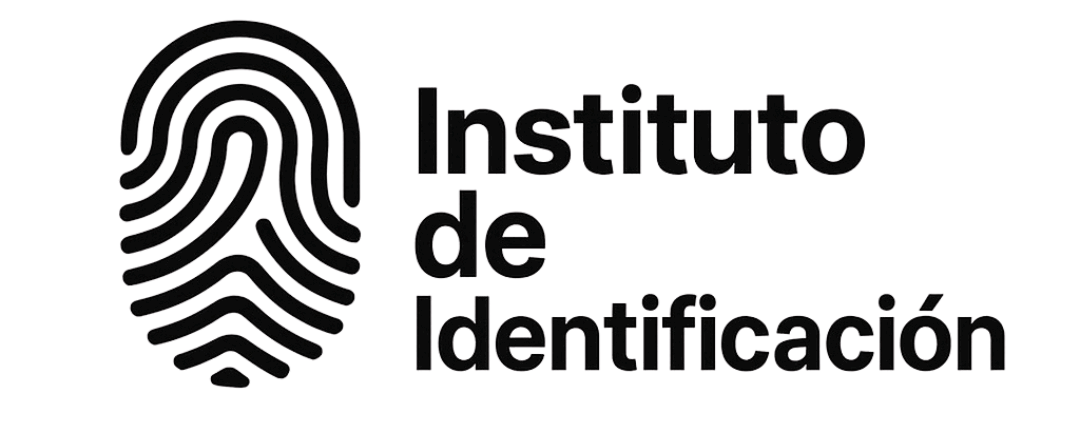Increasing your credit card limit is a strategic step in your financial journey.
However, many people feel unsure about when and how to make this request. The goal is to gain more financial flexibility without compromising your credit health.
This guide was created to demystify the process. We will detail the step-by-step process for effectively requesting a limit increase, explain why it’s important, and what to do if your request is denied.
What you will learn in this guide:
- The meaning and importance of a higher credit limit.
- How a higher limit can actually improve your credit score.
- The ideal time to request an increase.
- The step-by-step process for making the request to your bank.
- Signs that you are ready (or not) for a higher limit.
- How to proceed if your request is denied.
What Does Increasing Your Credit Limit Mean and Why Does It Matter?
Increasing your credit limit means your card issuer authorizes you to have a larger amount of credit available. This is more than just having more purchasing power; it’s a tool that, if managed well, offers greater flexibility for emergencies and can positively impact your overall financial health. A higher limit acts as a safety net but requires responsibility to avoid turning into debt.
How Can a Higher Credit Limit Improve Your Score?
It may seem counterintuitive, but a higher credit limit can help improve your credit score. The main reason is the credit utilization ratio.
This ratio is the percentage of your total available credit that you are using. Experts recommend keeping it below 30%. With a higher limit, your usual spending will represent a smaller percentage of the total available, which can boost your score. Furthermore, responsibly managing a higher limit signals to lenders that you are a trustworthy borrower.
What Is the Right Time to Ask for an Increase?
Timing is crucial. Requesting an increase at the right moment greatly improves your chances of approval. Consider making the request when:
- Your income has increased: A higher salary or a new source of income demonstrates you have a greater ability to pay.
- Your credit score has improved: A higher score is a clear sign that you have been managing your finances well.
- You have a good relationship with the bank: After 6 to 12 months of on-time payments and responsible card use, the issuer will have more confidence in you.
How to Request a Limit Increase (Step-by-Step)
The process is simpler than it seems. Follow these steps:
- Check Your Credit Score: First and foremost, know your score. Ideally, it should be in good standing.
- Organize Your Finances: Have a clear understanding of your monthly income and expenses to justify the request.
- Contact the Issuer: Most banks allow you to make the request directly through their app or website. If you prefer, you can call customer service.
- Submit the Formal Request: Fill in the necessary information, such as your updated income.
- Wait for a Response: The decision may be instant or take a few days.
Signs That You’re Ready (and When You’re Not)
You are ready if:
- Your income is stable.
- You pay your credit card bill in full every month.
- Your credit utilization ratio is already low.
It’s better to wait if:
- You are struggling to pay your current debts.
- You usually only make the minimum payment on your bill.
- Your employment situation is unstable.
What to Do If Your Request Is Denied?
A rejection is not the end of the world. Use it as a learning opportunity:
- Understand the Reason: The bank is required to inform you why they denied the request. Use this information to your advantage.
- Improve Your Profile: Focus on strengthening your weak points, whether it’s paying off debt or improving your credit score.
- Try Again Later: After a few months (usually 3 to 6), when your financial situation has improved, submit a new request.
Conclusion
Responsibly increasing your credit limit is a sign of financial maturity. By understanding the process, choosing the right time, and managing your new limit wisely, you strengthen your credit profile and gain more flexibility. With the strategies in this guide, you are prepared to take control of your credit and continue building a solid financial future.
